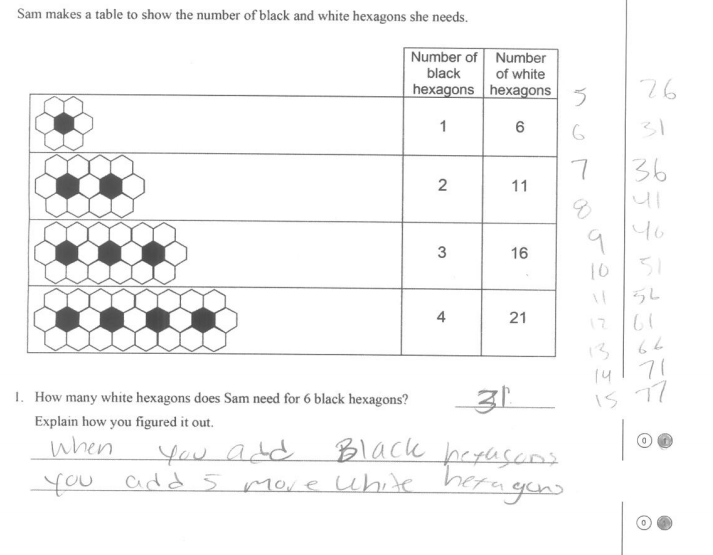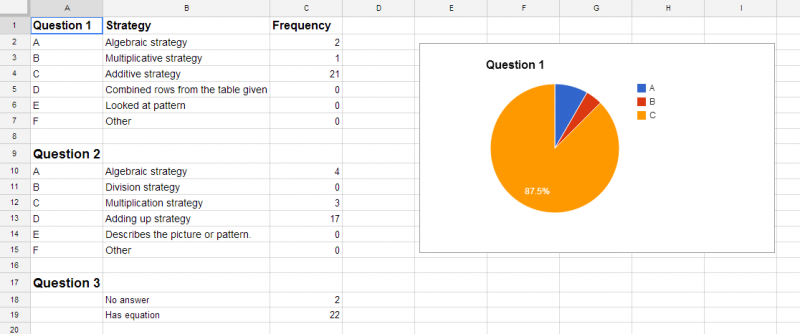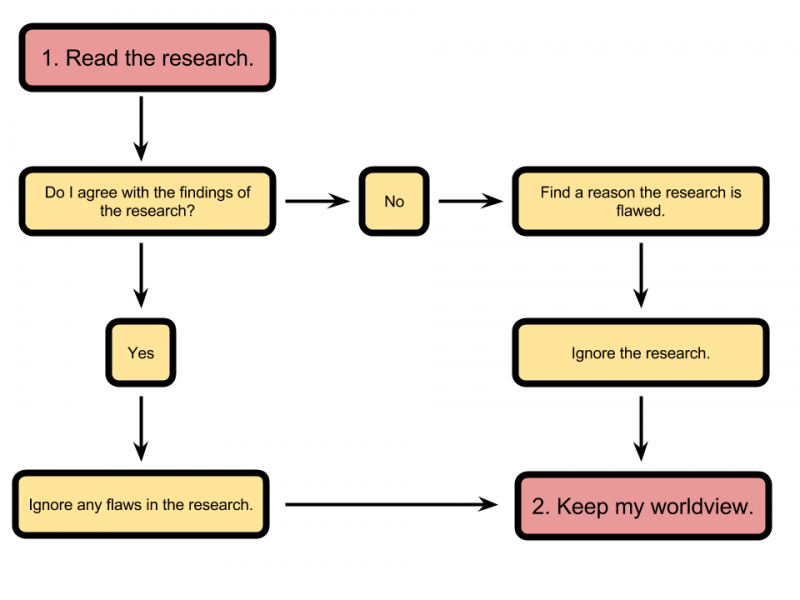Here’s an approach to teaching about the relationships between the different forms of the equation of a line that is based on constructivism.
- Be clear with students what the objective for the lesson is today.
- Give students a tool for looking at the relationships between the different forms of the equation of a line.
- Ask them to write down what they notice and what they wonder after they have played around with the tool themselves. Circulate around the room to see what they write down so you can better make use of it in the whole group discussion.
- Next, as a group, discuss what students notice and what students wonder about the graph, or use a different talk protocol.
- As a group summarize what appear to be the most important observations made, and everyone (including the teacher) writes them down. If important points about these representations of a line are not brought up, either ask questions to prompt students to realize these points themselves or make a note to yourself to structure a task that will help draw out these points next time.
- Come back to this concept multiple times in a variety of different ways over the next few weeks, and even find ways to connect to this topic through-out the rest of the year.
Here’s an approach to this same lesson based on cognitive load theory.
- Be clear with students what the objective of the lesson is for today.
- Give them notes on the different forms of the equation of a line and some worked examples.
- Give students twenty or so practice problems to do themselves. Circulate around the room while students do this and give them timely, efficient, and useful feedback.
- Quiz students on their understanding of the concept. Use this to guide your planning in subsequent lessons.
- Review this concept with students at spaced intervals over the course of the rest of the year.
My recommendation is that if you are unclear on how either of these approaches is helpful for students, then you should try it at least once. I have in fact tried both of these approaches myself, and I’m quite clear on which approach helps students make better connections to other areas of mathematics, and which approach did not work.
Which approach is more likely to lead to an instrumental understanding of mathematics? Which approach is more likely to lead to a relational understanding of mathematics? For reference, here’s a comparison of instrumental to relational understanding.


